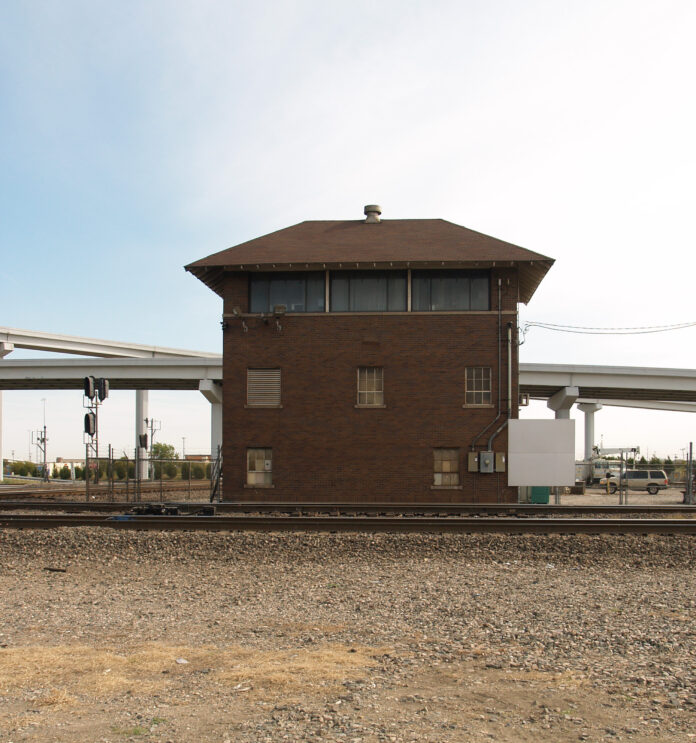By Andrew Johnsen, Nate Asplund and Quanah Spencer
Soon landmark legislation may be adopted to invest over half a trillion dollars in the nation’s infrastructure. While far less than the $2 trillion-plus originally proposed, it’s still a massive investment in rebar, concrete, steel, copper, and advanced information and energy technology.
In addition, this infrastructure package is an aspirational pursuit of key public policy goals: to help our nation compete better, create more family wage jobs, enjoy a better quality of life for all – including those in disadvantaged communities – and mend our environment where commerce and mobility have generated inordinate impacts. That’s one tall order, for sure.
Much attention is being given to the impressive billions for broadband, roads, and other parts of the plan. Clearly, the old government adage is as true today as ever: If you want to know the policy, follow the money. Budget priorities are policy priorities.
Whether roads versus transit, or broadband versus port infrastructure, these are the budget tradeoffs. But what about the policies themselves, and how they are reconciled one from another? Recall the Obama administration’s American Recovery and Reinvestment Act, and the challenge of “shovel ready” projects that weren’t quite as ready as portrayed; many still had months (or years) to go before clearing the permitting process. Undoubtedly, that sort of kerfuffle will be a part of the new infrastructure package, at multiple levels and in multiple ways. However, the good news is there are ways of dovetailing these policy priorities to get projects done.
The commitment to improving America’s infrastructure should be applauded, from beefing up annual appropriations to reauthorizing and retooling existing programs to simply giving our nation’s lagging infrastructure a major new shot in the arm. It’s a big deal, but as is usually the case there are competing interests that won’t make it easy. And what’s a bit different this time is how much those policy priorities may be competing within the Biden administration’s own policy agenda.
To make such a big investment, you’ve got to get the votes, and everyone knows that means delivering projects that move the needle in states and congressional districts across the nation. Building those projects generates jobs and also social, economic and environmental benefits that come from moving people and commerce more efficiently.
But then there’s the policy priority of trying to reconnect communities severed generations ago by road, rail and other heavy infrastructure projects. Environmental justice demands that mobility and prosperity for all is necessary, but not sufficient. Environmental justice advocates also argue that infrastructure projects ought to fix the negative impacts unfairly inflicted on communities whose potential and quality of life were adversely affected when, for example, a highway bisected a neighborhood or town decades ago.
So how do you achieve the goal of rapidly delivering better roads, bridges, rail lines or a smarter electric grid while also being true to that other policy goal of securing the buy-in of disadvantaged constituencies – constituencies that may not want the project in the first place? There are few easy answers, but there are some proven approaches and projects that almost everyone can support. Let’s look at a specific example, followed by a project type that wins every time.
Tower 55: In the heart of Fort Worth two major railroads joined local, state and federal partners as well as local neighborhoods to generate a 40% benefit in the flow of freight, plus a host of other community benefits. Under the interchange of I-30 and I-35W, Tower 55 is where 100 trains per day meet at-grade, waiting for a green light to sequence rail traffic through the region. It was the most congested rail chokepoint in the nation, causing trains to stage for miles and rail crossings to be blocked. Near Nash Elementary School, when trains were stopped, children at times would climb through the rail cars to get to or from school.
The situation was unsafe, created major traffic congestion both for motorists and rail operations, and all that congestion increased emissions from vehicles and trains. The solution involved rail improvements and a key bridge that reconnected the neighborhood with the local elementary school. In addition, the project cut emissions, and improved both safety and the flow of commerce. And the cost was shared by the private and public sectors.
Grade Separations: There are few transportation projects that provide more public benefits than grade separations, which reconnect communities and the road network on either side of a rail highway crossing, via a bridge or underpass. When longer trains occupy the crossing for longer periods of time, the result can not only restrict billions of dollars in local, state, federal and private sector infrastructure but also delay emergency vehicles from reaching those in need.
Separating the road and rail solves the traffic conflict while also improving safety, reducing vehicle emissions and saving fuel. As a bonus, it eliminates the requirement for the train to sound the horn because there’s no longer an at-grade rail crossing.
That’s a lot of boxes checked with one project. And because there’s such a beneficial balance of improved commerce, mobility and community quality of life, grade separations are rarely at odds with environmental justice constituencies.
Projects like Tower 55 or grade separations that achieve multiple policy goals are not rare, but they do often undergo modifications to find that “sweet spot.” For the Biden administration’s infrastructure package to ultimately succeed, project advocates must engage the community around the project early on. They should drive home the project benefits by using its proposed mitigation or community enhancements as a marketing tool to win support, instead of treating them as concessions offered only reluctantly at the end of a protracted permitting process.
This notion seems revolutionary to some, but it’s not. Instead, this sort of approach is increasingly essential in today’s world of competing interests. Failing to pursue infrastructure projects this way risks permitting delays and increases the likelihood of seemingly endless litigation, all of which drive up project costs along with the public’s cynicism about government’s ability to get things done.
America’s infrastructure has lagged behind in modernization, maintenance and mobility. To effectively reverse this course, we’ve got to build smart projects that weave together the policy goals necessary to turn dirt. From a reliable power grid to transportation that works for our society and economy, it’s time to fix what ails us.
The authors of this article are all executives of Columbia Strategic Consulting Group: Andrew Johnsen, Partner/CEO; Nate Asplund, Partner/President; Quanah Spencer, Partner/Vice President. The group offers services focusing on government and public affairs, and has offices at 306 West Seventh St., Fort Worth.









